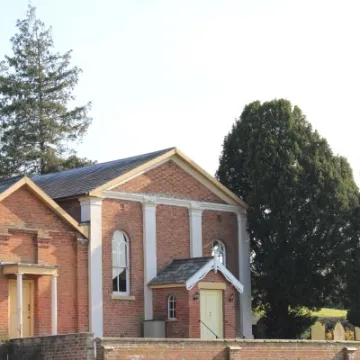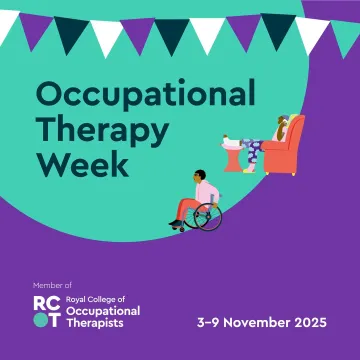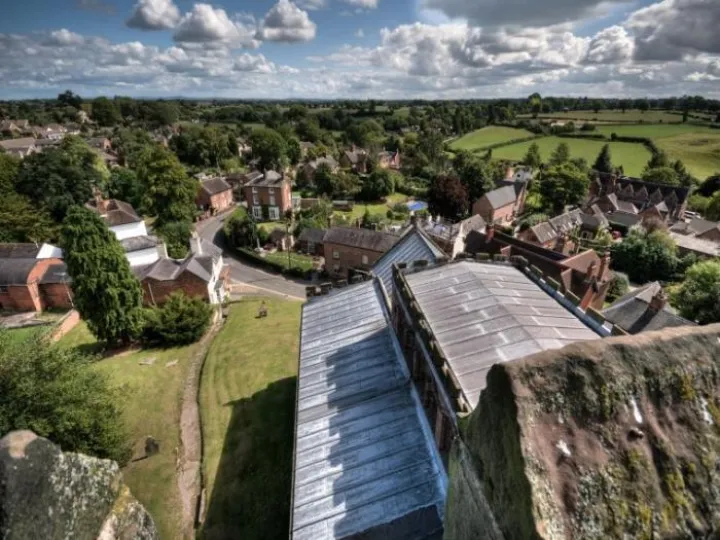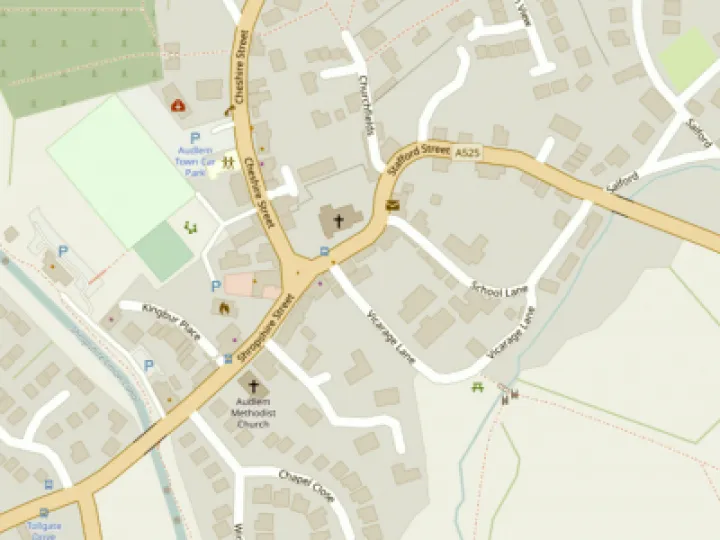Narrow Boat Life – learning about the Shropshire Union canal








Yesterday on Audlem Online, we described the new Interpretation Boards that are to be installed along the canal in Audlem. One of them describes 'Narrow Boat Life' in the days when the canals were used only for cargo-carrying rather than leisure. We hope you find the story, written by Roger Wickson, of interest. There are illustrations on this board, which will be on display this coming weekend in the Methodist Church Hall, showing canal families in historic photographs provided by British Waterways and an illustration of canal art featuring Roger's own narrow boat.
"Narrow Boat Life – You are now at Lock 14 of the Shropshire Union Canal at Audlem. Communities of people developed along waterways such as these. They rarely spent much time on the land – and were born, lived and died in the small cabins of their boats. These boating people established a unique way of life with their own traditions.
"The development of long distance trade meant that crews had to live on board their narrow boats. At first they kept houses on land and returned to their families between journeys. However, when railway competition forced down the boatmen's wages, they gave up their homes and took their families with them, to help work the boats. The families inter-married and a unique community of narrow boat people soon developed.
"Work was very hard and hours were long – sometimes starting before five in the morning and continuing until after ten at night. Boating people could not stop for meals and did not enjoy breaks at week-ends or for holidays. Their toil continued in all weathers, stopping only when the ice on the canal was so thick that boats could not move.
"Narrow boats were usually worked in pairs carrying up to 60 tons, although single boats, either horse drawn or motor powered, often worked on the Shropshire Union Canal. Payment was by the ton and only the captain received a wage, which he shared among his family or crew.
"Boating life compared very favourably with the conditions experienced by Victorian factory workers or farm labourers. However, the working boatman's 19th century way of life continued unchanged until well into the 20th century.
"Living accommodation was limited to a small cabin no more than 10 feet long and seven feet wide. In the cabin were the cooking stove and other essentials; however there was no running water and no washing or toilet facilities on board.
"Some boating families were very large. A pair of boats sometimes had to accommodate as many as 10 children and their parents. Youngsters were expected to do their share from a very early age and rarely had any formal education – few could read or write.
Most boat people took very great pride in their boats, horses and engines. Although speed and efficiency was a priority, the boat people found ways to keep their boats immaculate. The paintwork of even the most plainly decorated boat was kept smart and enhanced by polished brasses as well as scrubbed ropework."
This article is from our news archive. As a result pictures or videos originally associated with it may have been removed and some of the content may no longer be accurate or relevant.
Get In Touch
AudlemOnline is powered by our active community.
Please send us your news and views using the button below:
Email: editor@audlem.org





